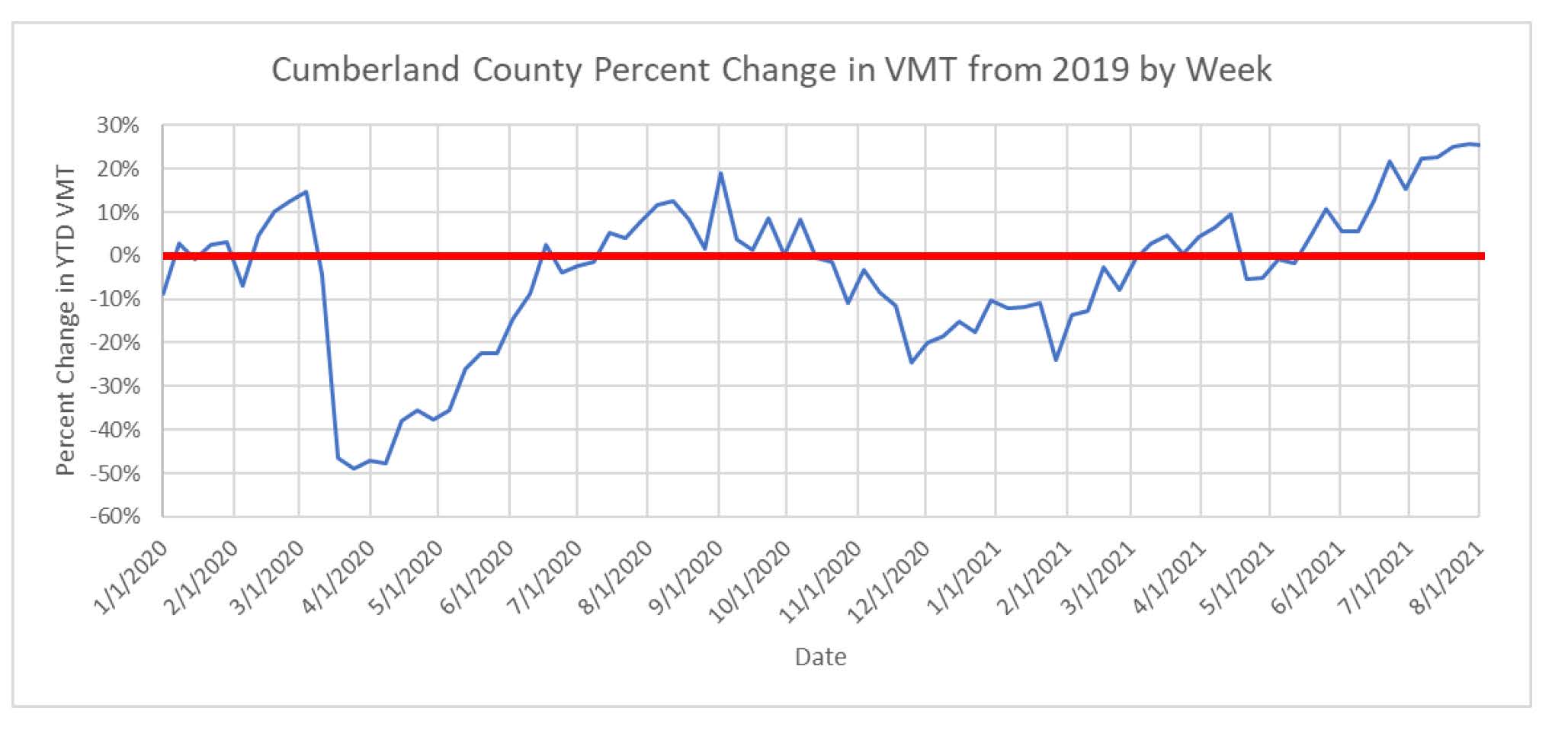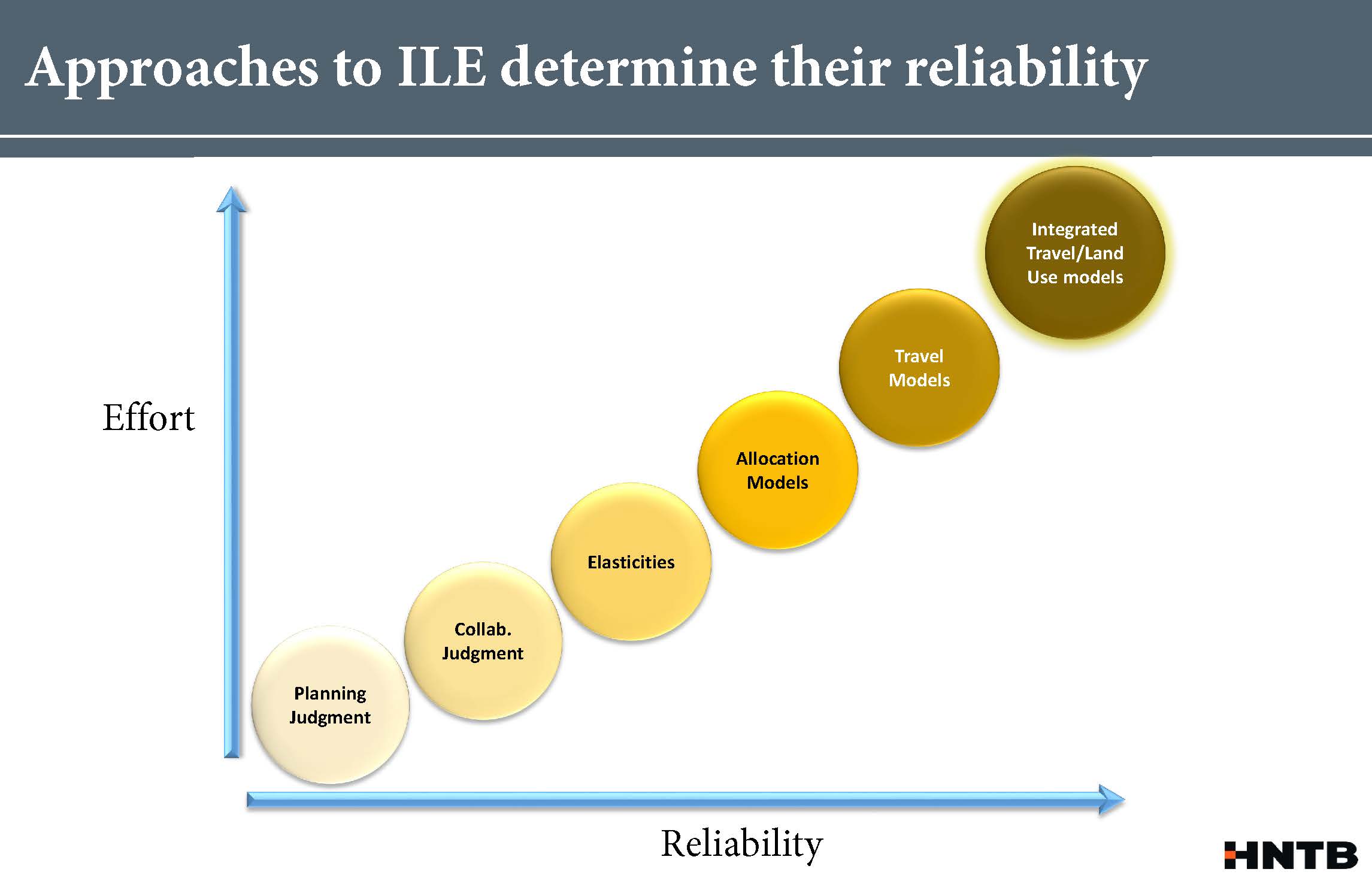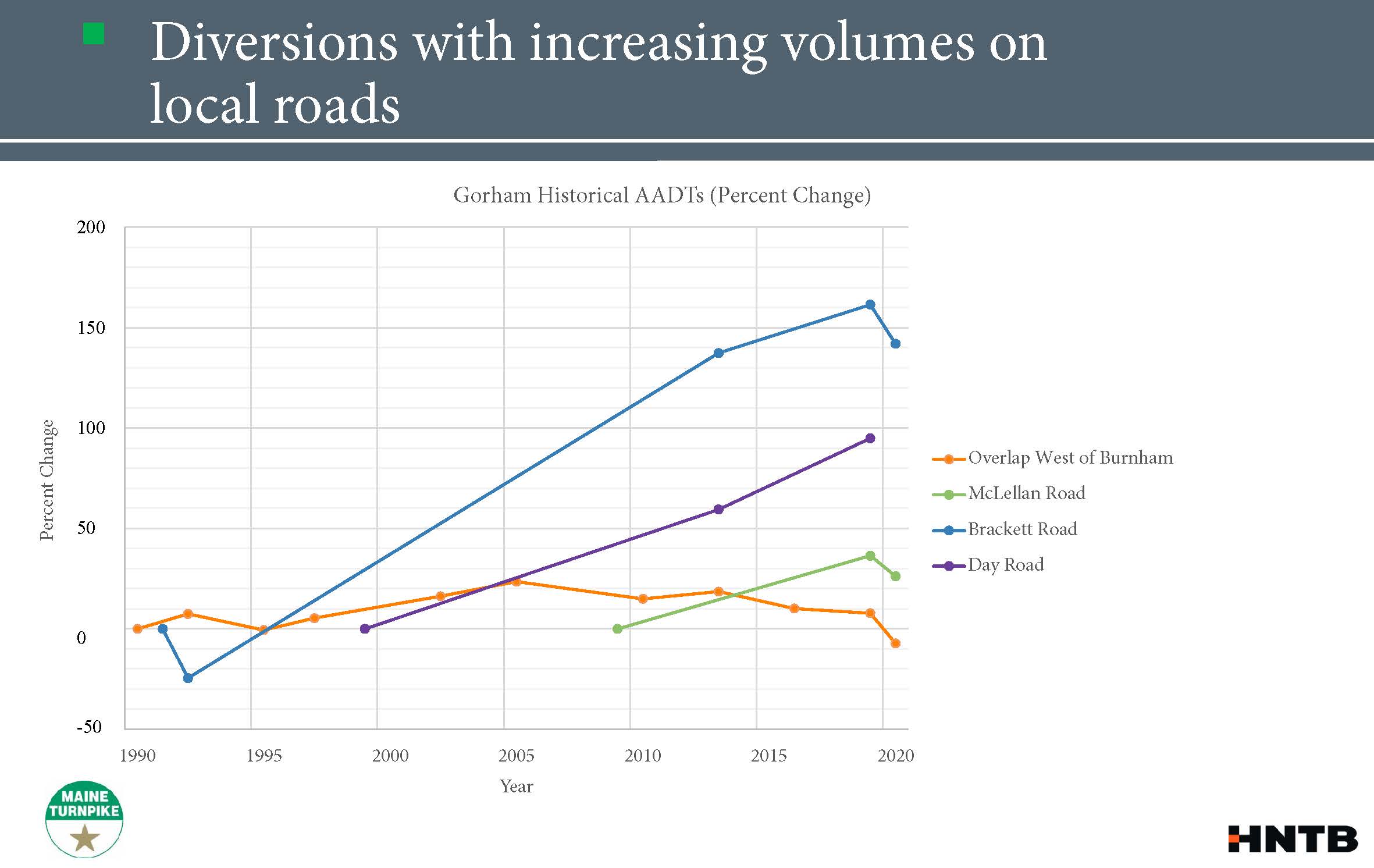
.jpg?lang=en-US)
4. Won’t a new road lead to more development?
Road projects that increase capacity raise legitimate questions about their intended and unintended effects on land use. For example, intended effects could be economic development growth and desirable land use change. Unintended effects can include sprawl-type development, occurring even some distance from the project because of the easier access.
Land use changes and growth in this region have already been occurring and are likely to continue even without improved traffic access due to a critical statewide need for housing. But to help communities better understand potential changes, MTA is planning to conduct an analysis using an integrated transportation-land use modeling approach. This analysis will determine more exactly if sprawl-type growth would occur, and if so, how much and where, giving municipalities the information they need to plan accordingly.
This information will be invaluable in helping municipalities manage and direct growth in a way that reflects community values.

5. How will the connector affect greenhouse gas emissions? VMT? VHT? How does the project consider Maine Won’t Wait climate goals?
For all alternatives – including doing nothing (No Build) and widening the existing roads (Widen Roadway Alternatives) – carbon dioxide emissions (CO2e), greenhouse gas (GHG) emissions, and volatile organic compounds (VOC) were modeled for 1) existing 2023 conditions, 2) projected opening year (2030), and 3) design year (2050) conditions. The modeling used EPA’s MOVES3, a transportation industry standard. Updated analysis is ongoing and results will be available soon.
6. How does transit factor into MTA decisions? Are there logical transit connections? New Park and Ride lots?
MTA has no jurisdiction over transit. However, using the new road for bus transit and adding new Park & Ride lots will likely be part of the community discussion. The project is not taking place in a vacuum; other regional transit studies have been completed (Transit Tomorrow, Transit Together, Maine Mall Transit-Oriented Development) or are underway (Gorham Westbrook Portland Rapid Transit Study) that will contribute to understanding how to fold the road into the region’s goal of expanding transit.

Thank you for taking the time to review the project materials. Please click the button below to leave a comment or ask a question.
If you want to stay informed on the project, please click the button below to sign-up for our email list.
Explore the links below to learn more about the Gorham Connector.
